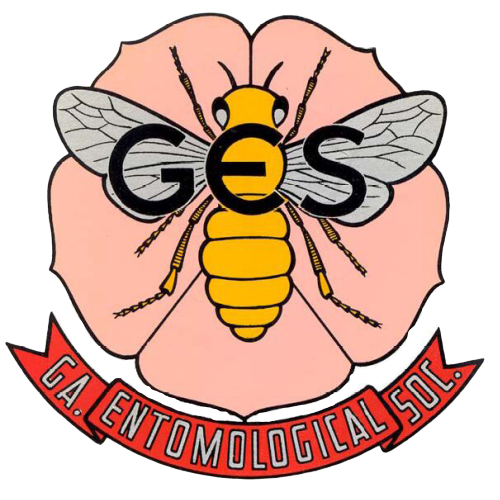Determining the Optimum Sampling Interval for the Control of Tarnished Plant Bugs (Hemiptera: Miridae) in ThryvOn® Cotton1
A new cotton technology expressing the Bacillus thuringiensis (Berliner) (Bt) protein Mpp51Aa2, ThryvOn® (Bayer CropScience, St. Louis, MO), has been commercialized. An experiment was conducted in Stoneville, MS, Glendora, MS, and Marianna, AR during the 2023 growing season to determine the optimum scouting interval to control the tarnished plant bug, Lygus lineolaris (Palisot de Beauvois) (Hemiptera: Miridae), in Deltapine 2131 B3TXF and Deltapine 1646 BG2XF cotton. Treatments included ThryvOn and non-ThryvOn cotton scouted at 3- and 7-d intervals, with a threshold treatment for each factor. Untreated control plots and positive control plots (treated with insecticide weekly regardless of plant bug density) also were included. Treatments that received a weekly automatic insecticide application or that reached an established economic threshold were treated with sulfoxaflor at 70.02 grams of active ingredient per hectare (Transform® WG, Corteva Agriscience, Indianapolis, IN). Where insecticide applications were made, results indicated that 3- and 7-d scouting intervals in the non-ThryvOn cotton variety resulted in statistically similar yields in plots that received weekly insecticide applications. In the ThryvOn plots, there were no significant differences between lint yields among any of the treatments. These results indicate that regardless of variety or sampling interval the management of tarnished plant bug densities based on current thresholds minimizes crop losses. The untreated control plot yield was similar to that of the treated ThryvOn plots, suggests that alteration of current thresholds to account for the population suppression effects of the Bt technology is possible, but further research is needed to confirm this hypothesis.Abstract
Contributor Notes
